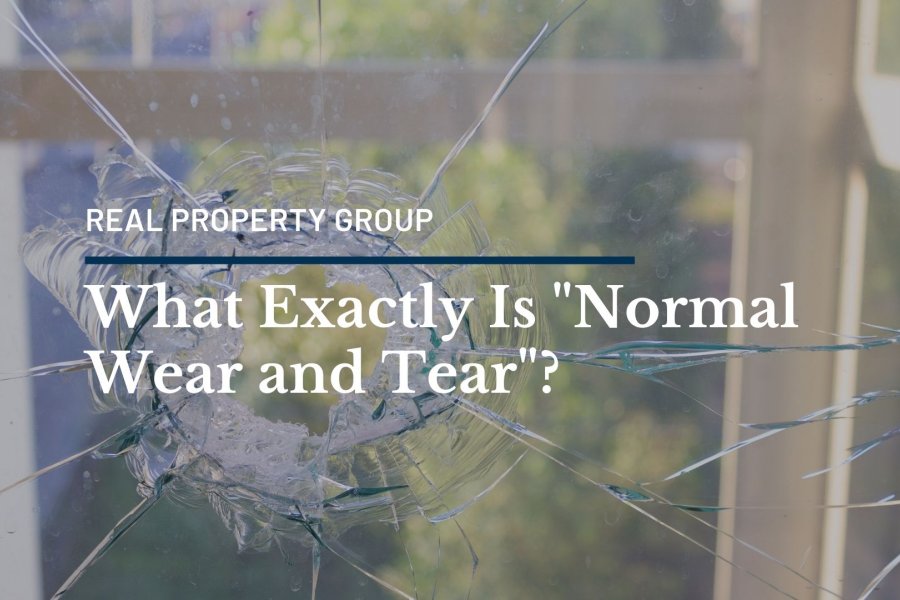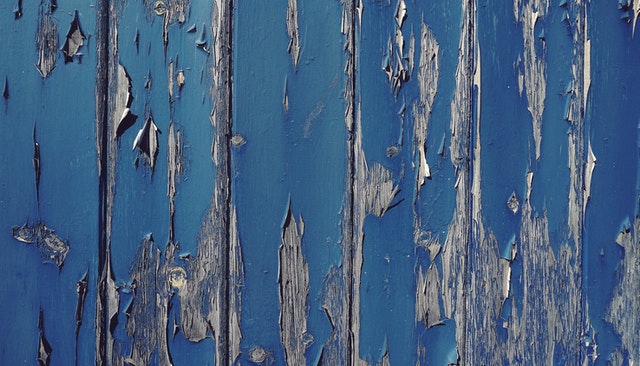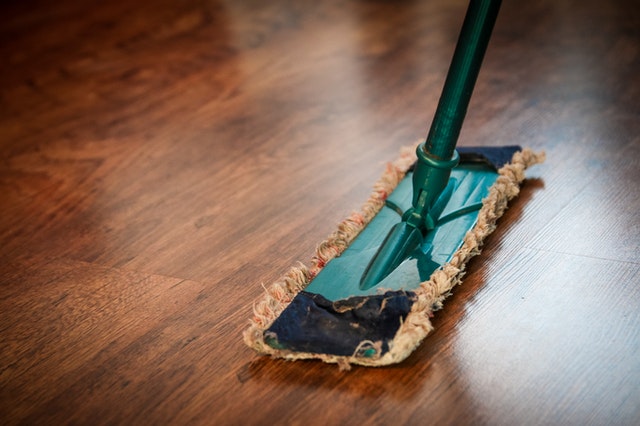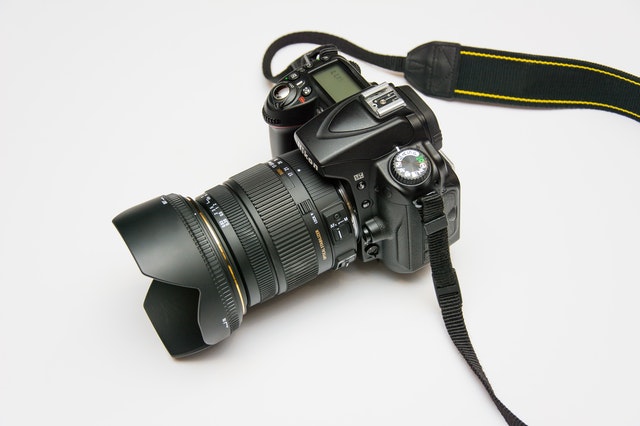
Most landlords can agree that the condition of the rental home remains a top billing priority. For this reason, it’s important to be aware of property damages and examine their cause. Is the damage a result of “normal wear and tear”? Or is it a sign of tenant abuse or negligence?
We here at Real Property Group have compiled the following guide to help you understand the exact nature of your home’s damages.
How Do We Define Normal Wear and Tear?
Normal wear and tear can refer to the natural deterioration of an object. In a rental space, it can also mean the decline of the condition of the unit.
This is a given since you can’t expect your rental home to look the same when a tenant moves in if the tenancy period is, let’s say, 3 years. There’s bound to be a weathering aspect of the property.
Why Does It Pay to Be Aware of Normal Wear and Tear?
As a landlord, you can’t pass on the cost of fixing property damages due to wear and tear to the renter. It’s acceptable that normal wear and tear occurs while a rental unit is inhabited. The responsibility and repair charges must be put on the property owner.
Tenants are entitled to receiving their security deposit intact when property damages are a result of wear and tear. Only when the cause is outside of that can the renter be charged for repair fees.
How Do You Differentiate Between Normal Wear and Tear and Property Damage?
There are clear-cut differences between wear and tear and property damage. The former tends to occur over a period of years while the latter can result quickly due to abuse.

Landlords are fully responsible for transforming the rental unit back to its former state when the damage is caused by normal wear and tear. If the damage is way beyond normal wear and tear, then the renter is fully responsible. This can mean deductions from the security deposit held by the landlord.
Examples of normal wear and tear:
- Loose grouting in tiles
- Fading paint
- Barely noticeable scrapes
- Worn carpet
- Slightly torn wallpaper
- Worn enamel in sinks and bathtubs
- Scuffed floors
Examples of property damage:
- Giant holes in the walls
- Multiple nail holes
- Heavily stained carpets
- Chipped wood floors
- Doors off the hinges
- Unpermitted paint colors
- Missing tiles in the bathroom
What’s the Landlord's Responsibility for Routine Maintenance?
Renters are expected to take care of the rental property by disposing of trash properly, using the appliances properly, and leaving furnishings damage-free.
However, the bulk of maintenance duties falls on the landlord. They’re expected to keep the state of the rental in livable conditions. They must be prompt in scheduling repairs and take time to regularly inspect the unit regularly.
Under routine maintenance, the following details are important:
Rental Cleanup
Depending on your leasing agreement, you can arrange for professional cleaning once or twice a year. Perhaps you may split the cleaning cost with the tenant.

Deep cleaning is vital to help maintain the attractiveness of the property. It also helps extend the life expectancy of items around the rental. You can also charge a cleaning fee to the tenant if the unit has turned squalid and looks unkept.
Painting and Repainting Sessions
If a tenant repainted the rental’s walls without prior permission, then you can charge them with a repainting cost.
If you perform repainting of walls as part of maintenance every 2-3 years, then the date of move out occurred along that period, you can also refrain from charging. If it doesn’t and the walls are full of unsightly marks and stains, it’s justifiable to deduct from the renter’s security deposit.
Handling Carpet Replacement
Normally, carpets are expected to last only 5 years before they need to be replaced. If the tenant has left the carpet heavily stained and worn down (such as the case of having pets) before it hit the 5 year mark, you can ask for a partial fee.
Due to normal wear and tear, it’s unfair to ask for the full amount of replacement or cleaning, except when the carpet was new during move-in.
Light Bulb Replacement
Before the tenant moves in, it’s the task of a landlord to have all the lights be functional. Along the course of the rental period, the renter can replace simple light bulbs. The more complex lighting can be left to the landlord to replace.
Implementing Documentation
It can be hard to bring up property damages without potential disagreements in the future. To keep away from this scenario, a landlord can practice taking before and after photos or videos.

Conduct a walkthrough before a tenant moves in and after the tenant moves out. Capture the state of the rental so it’s easy to make a comparison analysis when the tenancy ends. It also helps to present this proof to the renter so complaints on security deposit deductions will be minimal.
Learning About Life Expectancy of Features
Things reach their breaking point, specifically objects in a rental property. Asking a tenant to cover the full replacement cost of a refrigerator that broke down in its 5th year can be unfair. The average lifespan of a refrigerator is 10 years, so you have to chip in half for the replacement.
To be a respected landlord, it’s vital to be aware of the life expectancy of common items found in your rental home.
Note the following average lifespans of furnishing and appliances:
- Air conditioning units are functional up to 10 years
- Hot water heaters are operational up to 10 years
- Carpets can last up to 5 years
- Tiles or linoleums can last 5 years
- Window shades and blinds are expected to be usable for 3 years
Bottom Line
Being knowledgeable of normal wear and tear keeps you compliant with the law. You will only be charging your renter for damages outside the natural depreciation of items. It’s best to observe proper maintenance and practice documenting your property. It keeps the rental in outstanding condition, serving to attract new tenants and retain the old ones.
